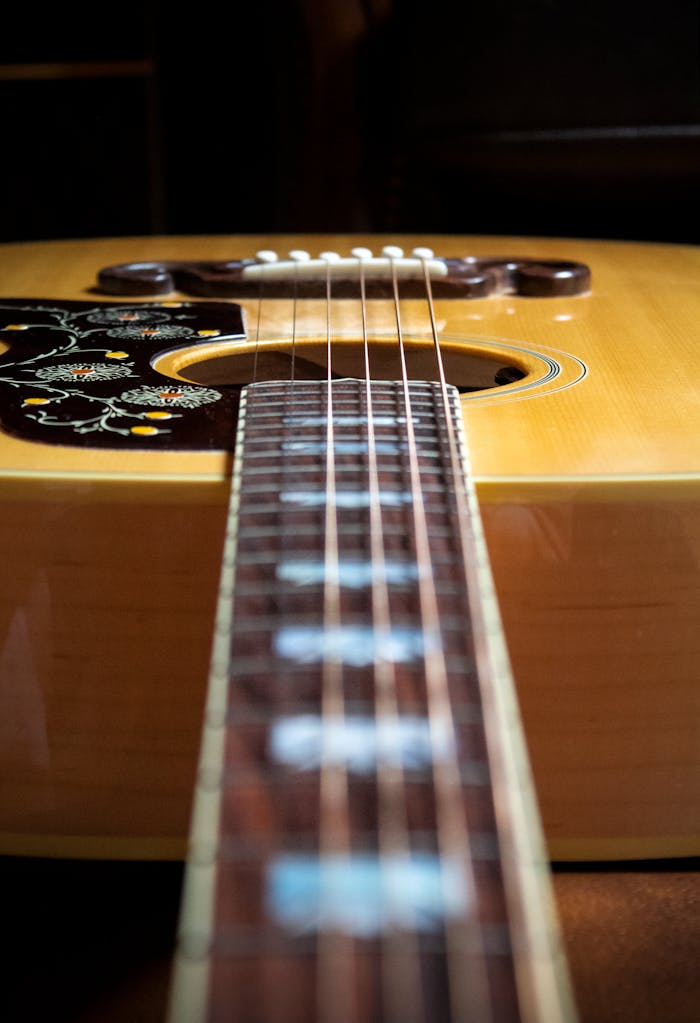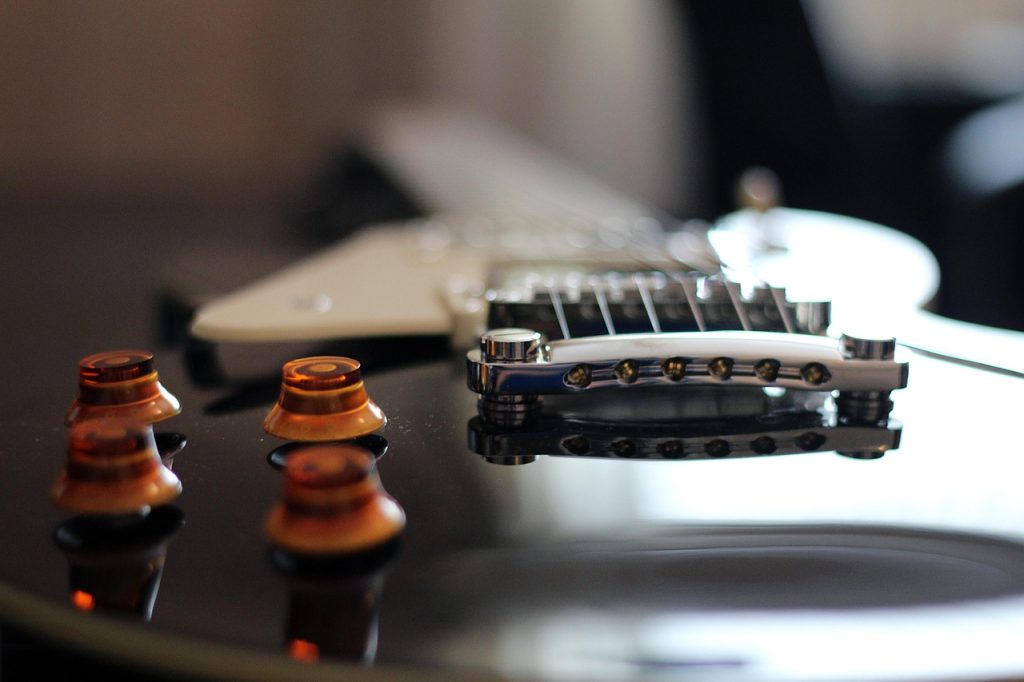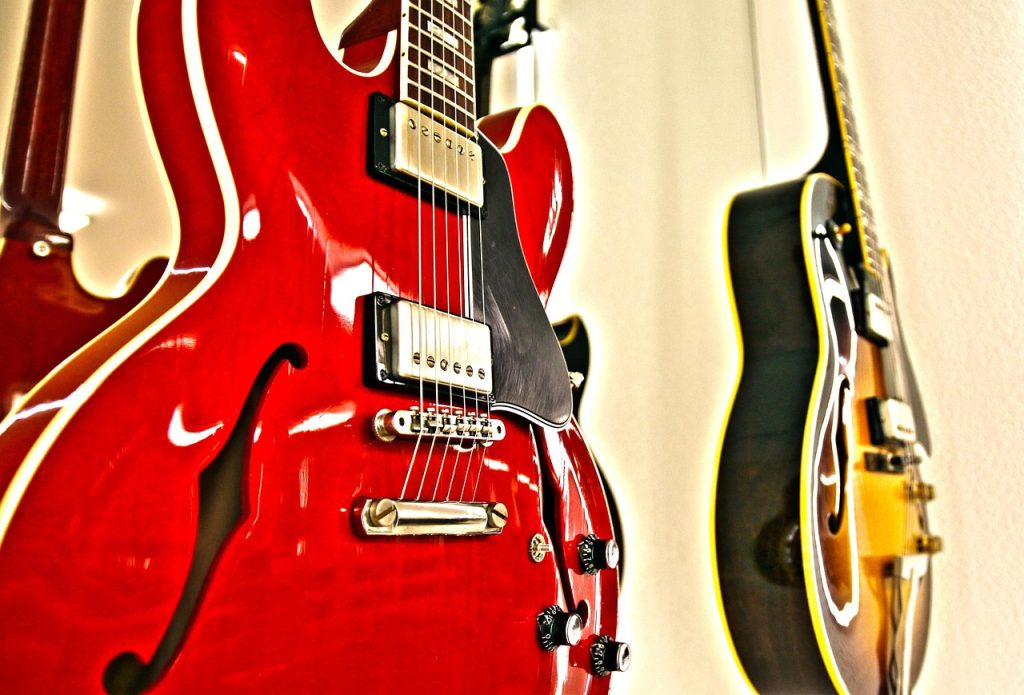Beyond the Box: The Masterclass to Understand the Entire Fretboard Using Pentatonic and Major Scales
I. Introduction – Breaking the “Box-Playing” Barrier
Every guitarist hits the wall at some point. You spend hours drilling the minor pentatonic scale, memorising that familiar box pattern around the 5th or 12th fret. You can play licks, sure—but when it’s time to solo, everything sounds like a warm-up exercise.
That’s because you’re trapped inside one box.
This masterclass is your roadmap to escape. You’ll learn how to connect all five pentatonic positions into one fluid system, then layer in the major scale’s guide tones for melodic sophistication. The goal isn’t just to play faster—it’s to see the entire fretboard as one connected map and craft solos that flow naturally over any chord progression.
By the end of this guide, you’ll know how to:
- Connect every pentatonic position into a single “fretboard highway.”
- Use major scale tones to add colour and emotion.
- Apply phrasing and rhythm techniques to sound expressive, not mechanical.
Let’s go beyond the box and unlock your entire fretboard.
II. Fretboard Mapping – Unifying the Five Pentatonic Shapes
Most intermediate guitarists struggle not because they don’t know the scales, but because they can’t link them. The key is to stop viewing five separate boxes and start seeing one continuous loop that spans the entire neck.
The Pentatonic Highway and the CAGED Connection
Each of the five minor pentatonic shapes connects directly to one of the CAGED chord forms—C, A, G, E, and D.
- Box 1 aligns with the E-shape chord.
- Box 2 aligns with the D-shape.
- Box 3 aligns with the C-shape.
- Box 4 aligns with the A-shape.
- Box 5 aligns with the G-shape.
If you can visualise the chord, you automatically know the scale pattern around it. That’s the real secret: chords and scales are one and the same map.
Exercise: The Two-String Transition Drill
To break free from the “vertical” trap, you must practise moving horizontally across the neck.
Try this:
- Pick any two adjacent boxes (for example, Box 1 and Box 2).
- Focus only on the B and high E strings.
- Play notes from both shapes, sliding between them slowly.
Use just 2–3 notes per string. This will force your fretting hand to shift positions smoothly and make the connection between boxes feel effortless. Repeat across all five shapes.
Over time, your neck will transform from a series of shapes into a continuous grid of possibilities.
The Minor–Major Relationship
A quick but vital reminder: every minor pentatonic has a relative major version that uses the same notes.
Example: A minor pentatonic = C major pentatonic.
This means that by simply shifting your hand three frets up, you can move from the darker A minor sound to the sweeter C major sound—without changing your scale shape.
Skilled players constantly switch between these perspectives to change mood mid-solo. This is how you create variety and emotion with minimal effort.
III. Adding the Major Scale – The Harmonic Power-Up
The pentatonic scale is reliable, but limited. It’s safe because it omits the two most expressive notes in the diatonic (major) scale: the 4th and the 7th.
When you expand from pentatonic to major or natural minor scales, you gain tension and release—what truly makes melodies sing.
The Magic of the Extra Notes
Think of the 4th and 7th as spice notes. They sound best when used as passing tones—notes you play quickly before resolving to one of the original pentatonic tones.
This tension-resolution concept is what turns scale runs into emotional melodies.
Arpeggios and Guide Tones
If scales are your vocabulary, arpeggios are your sentences—they outline the harmony underneath your solo.
The two most important tones to target are the guide tones: the 3rd and 7th of each chord.
These notes define whether a chord is major, minor, or dominant. Landing on them connects your solo directly to the rhythm section, making your lines sound intentional and musical.
Exercise: The Arpeggio–Scale Weave
- Play a triad arpeggio (Root, 3rd, 5th) of the current chord.
- Follow it with a short burst of the related pentatonic scale.
- Resolve to a guide tone (3rd or 7th) of the next chord.
This technique forces you to think vertically (chords) and horizontally (scales) at the same time—exactly how great improvisers play.
IV. Musicality and Phrasing Techniques
Having the map isn’t enough. The art lies in how you use it. Expressive phrasing transforms technical playing into music that connects emotionally.
Legato – The Secret to Smooth, Singing Lines
Legato means playing notes smoothly using hammer-ons and pull-offs instead of constant picking.
Goal: Minimise pick attacks. Use your fretting hand to generate sound evenly and clearly.
Try this drill:
- Use a three-note-per-string pattern (like the Lydian mode).
- Pick only the first note of each string, then hammer-on the next two.
- On the way down, pull off the top two notes and pick the lowest.
This builds effortless fluidity—your scales will sing instead of stutter.
Dynamic Phrasing – Using Rhythm and Silence
The best solos breathe. If you play a constant stream of equal-length notes, it sounds mechanical.
- Use rests. Silence adds drama and gives your phrases space to land.
- Vary rhythms. Mix long sustained notes with short bursts—triplets, eighths, sixteenths.
- Think vocally. Imagine your guitar “speaking” in sentences. Every lick should have a beginning, middle, and end.
Music is conversation. Let your phrases talk, whisper, and shout.
Advanced Tip: Mixing Major and Minor Pentatonics
The holy grail of expressive soloing—especially in blues and rock—is blending the major and minor pentatonic scales over the same chord.
Example: In a blues in A (A7–D7–E7):
- Use A minor pentatonic over the I chord (A7) for grit and tension.
- Switch to A major pentatonic over the IV (D7) or V (E7) chords for sweetness and release.
This subtle shift manipulates emotion—minor adds edge, major brings resolution. The interplay between the two creates that timeless, vocal blues sound you hear from players like Clapton, Hendrix, and SRV.
V. The Fretboard Is Yours
You now have the framework to unlock the entire fretboard. The five pentatonic shapes are no longer isolated boxes—they’re one connected musical landscape.
You understand how to:
- Connect pentatonic positions seamlessly.
- Add colour with major scale tones and guide notes.
- Craft expressive solos with phrasing, dynamics, and silence.
Now, the next step is practice. Don’t rush. Explore slowly, deliberately, and musically. When you solo, target chord tones, use legato for flow, and let space shape your story.
Every note you play is an opportunity to express something personal.
Your technique is just the tool—your voice is the destination. 🎸



